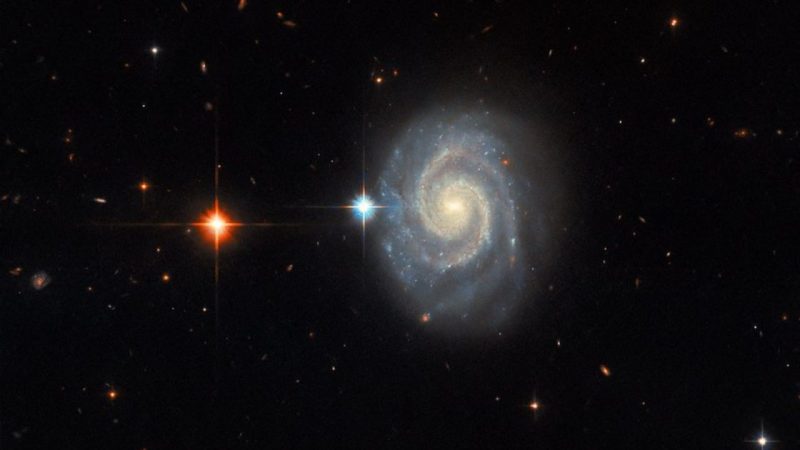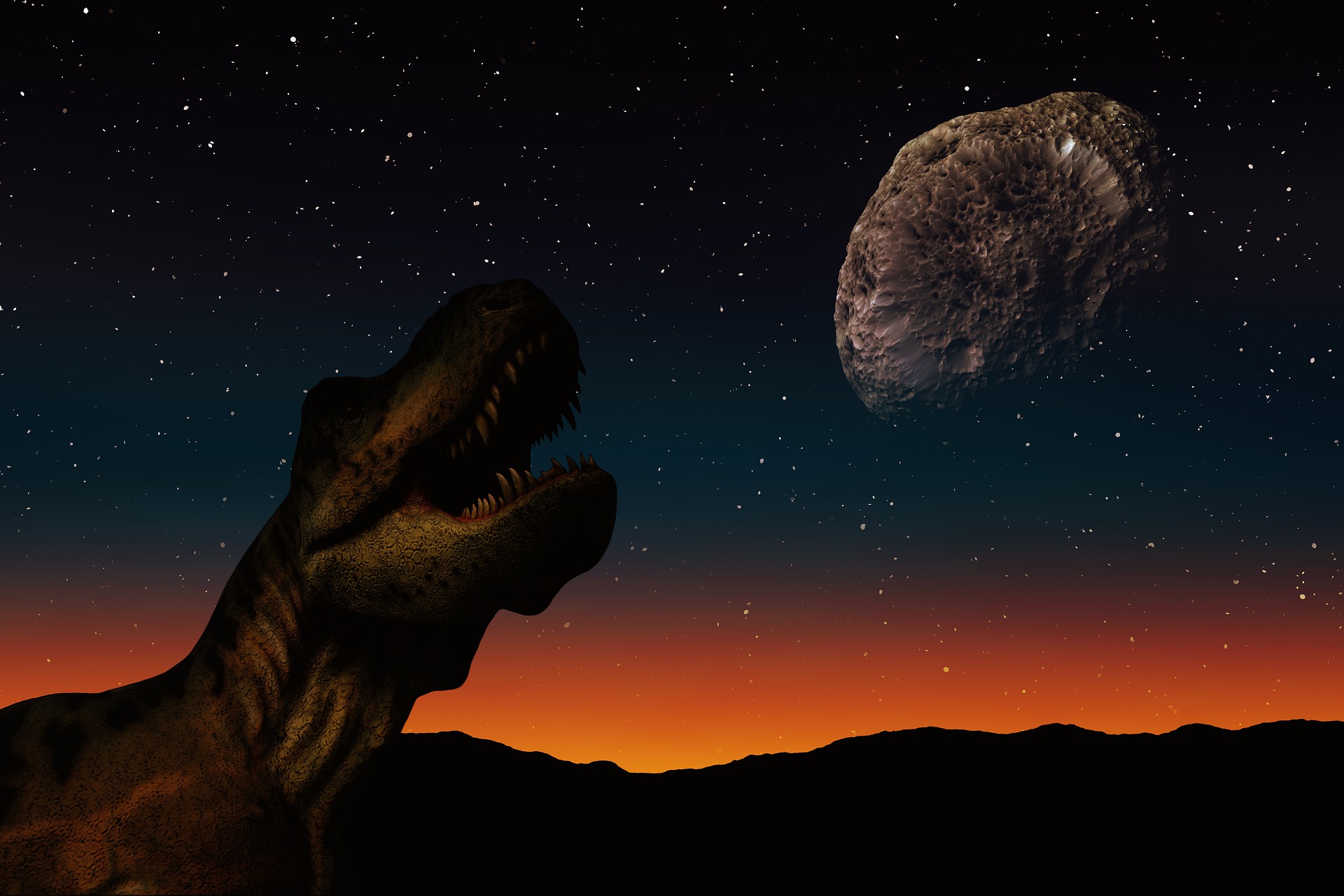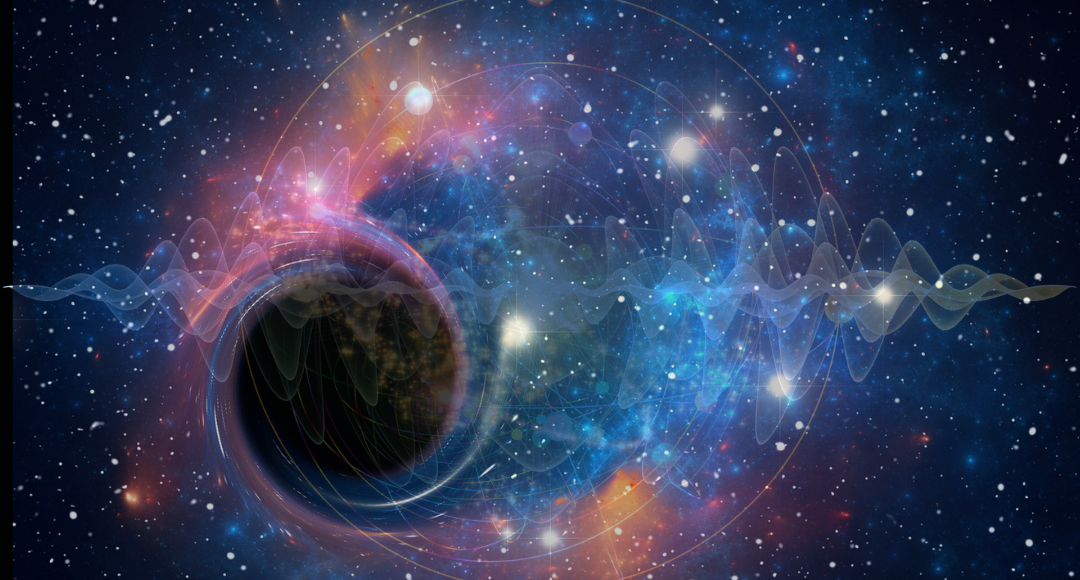Hubble image shows the “forbidden” light coming from a distant spiral galaxy

The new image from the Hubble Space Telescope shows the “forbidden” light coming from a distant spiral galaxy.
The wonderful spiral galaxy, MCG-01-24-014, is located nearly 275 light-years from Earth. It hosts two prominent and well defined spiral arms, along with a glowing core full of energy, which shines almost as brightly as some quasars. This glowing core is known as an active galactic nucleus(AGN).
This galaxy is classified as a Type-2 Seyfert galaxy, which is one of the two largest groups of active galaxies known to scientists, the other being quasars. Differing from quasars, which are quite easily detectable due to their high luminance, Seyfert galaxies are less detectable despite them exhibiting a characteristic bright core. This comparison, is not very fair though, as the quasars are well known as the crown holders for being the brightest objects in the whole universe.
Seyfert galaxies can also be further categorized into two groups – either Type-1 or Type-2, based on the intensity of light being emitted from their active cores. The latter, being the type of the spiral galaxy, emits spectral lines associated with so-called “forbidden” emissions, as they technically should not exist according to certain rules of quantum physics.
“To understand why emitted light from a galaxy could be considered forbidden, it helps to understand why spectra exist in the first place,” ESA officials said in a statement. They followed by stating, “Spectra look the way they do because certain atoms and molecules will absorb and emit light very reliably at very specific wavelengths.”
Electrons’ property of losing or gaining specific amounts of energy, corresponds to certain light wavelengths being absorbed or emitted. However, certain spectral emission lines are said to be “forbidden” because they are observed in space but do not occur under normal conditions on Earth.
“Quantum physics is complex, and some of the rules used to predict it use assumptions that suit laboratory conditions here on Earth,” ESA officials said in the statement. “Under those rules, this emission is ‘forbidden’ – so improbable that it’s disregarded. But in space, in the midst of an incredibly energetic galactic core, those assumptions don’t hold anymore, and the ‘forbidden’ light gets a chance to shine out towards us.”
ESA released the new Hubble photo online on Monday, Dec. 18.


